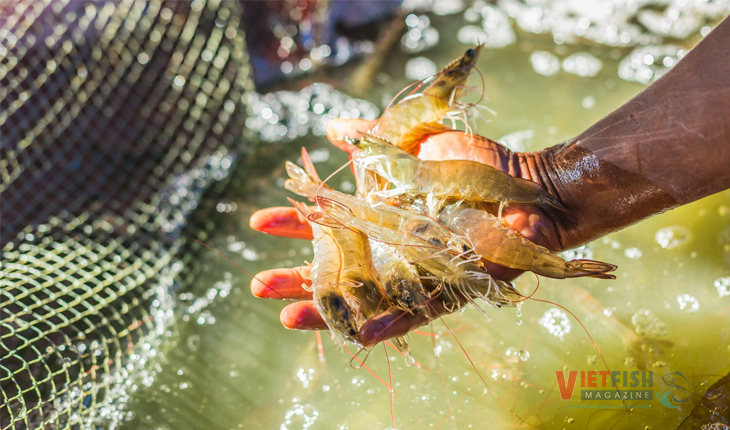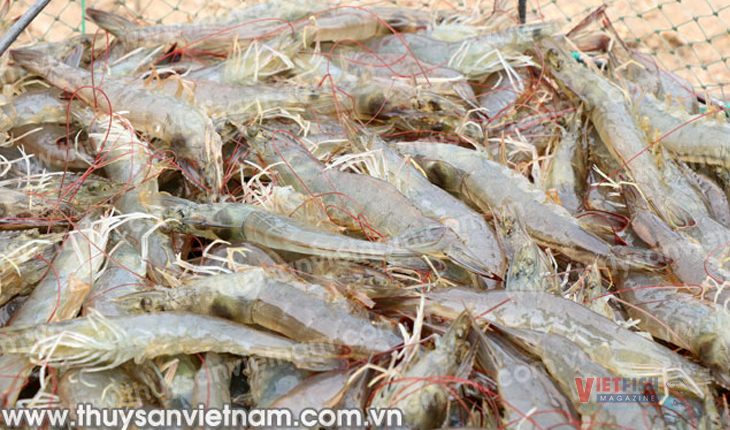Many Vietnamese seafood products face export ban to the U.S.
The U.S. Marine Mammal Protection Act (MMPA) is posing a significant challenge to Vietnam’s seafood industry, threatening the export prospects of various products to this key market.
According to the Vietnam Association of Seafood Exporters and Producers (VASEP), Vietnam’s seafood export revenue in the first two months of 2025 showed positive signs, reaching USD 1.423 billion, marking an 18.2% increase compared to the same period in 2024. In February 2025 alone, exports hit USD 655.197 million, marking a sharp 42.6% growth.

Shrimp remains a key driver, contributing USD 542.387 million in the first two months of the year, up 30.8%. Particularly in February, shrimp exports reached USD 231.406 million, growing 33.9%, reflecting the industry’s recovery after a prolonged period of low prices. While exports to the U.S. and China declined in 2024, increased demand from the EU and emerging markets helped offset losses, ensuring stable production.
The EU market has become a focal point, with imports of frozen and processed whiteleg shrimp rising 4% in 2024, reaching 376,875 tons. However, intense competition from Ecuador and India requires Vietnamese businesses to enhance value-added products and diversify markets to maintain their competitive edge.
Pangasius (tra fish) exports also showed signs of recovery, totaling USD 253.241 million in the first two months, a slight 0.8% decline year-on-year. However, in February alone, pangasius exports reached USD 120.057 million, up 32.8%. The price of commercial pangasius reached its highest level in three years (32,000-33,000 VND/kg), ensuring good profits for farmers. Nonetheless, rising input costs and U.S. tariff policies remain challenges, requiring cautious production expansion.
Tuna exports declined by 3.5% in the first two months, reaching USD 126.481 million, despite a 15.9% increase in February. The Japanese market remained stable in terms of pricing, though prices were still lower than the previous year. Strict regulations on illegal, unreported, and unregulated (IUU) fishing and Decree 37/2024’s minimum size requirements for skipjack tuna continue to pose significant barriers.
The U.S. recently announced that it does not recognize Vietnam as having an equivalent fisheries management system, meaning that many Vietnamese seafood products risk being banned from the U.S. starting January 1, 2026, unless Vietnam takes timely action. According to VASEP, to avoid such a ban, there must be strong cooperation between the government, businesses, and fishermen to strengthen legal frameworks, improve monitoring capabilities, and ensure compliance with international standards.
Other export products also demonstrated growth potential: Marine fish: USD 302.783 million (+13.6%); Squid and octopus: USD 101.009 million (+13.8%); Bivalve mollusks: USD 39.089 million (+121.6%); Crabs: USD 62.762 million (+86.1%)
Bivalve mollusks and crabs, in particular, benefited from strong demand in China. However, wild-caught seafood remains under pressure to comply with IUU and MMPA regulations.
“The EU and the U.S. are tightening import controls, requiring comprehensive traceability. Failure to meet these standards could lead to rejection, severely impacting export revenue. Collaboration among the government, enterprises, and fishermen in building a sustainable supply chain is crucial to maintaining market access and driving growth,” a VASEP representative emphasized.
VFM






